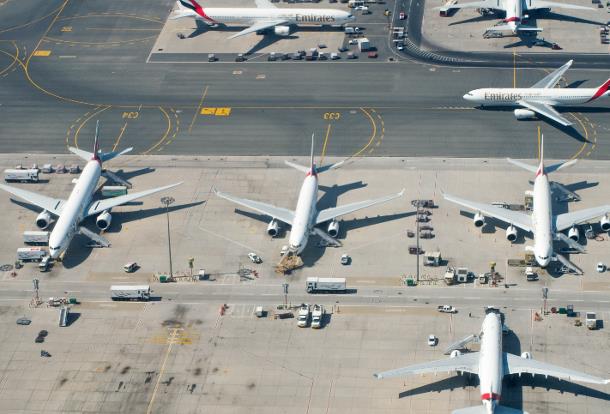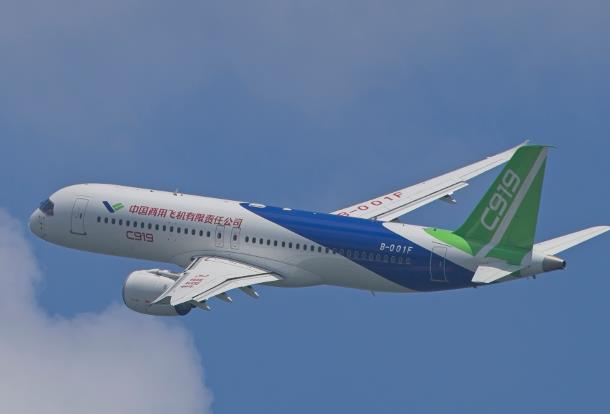
With all travel restrictions in China lifted on January 8, international and domestic travel will recover quickly. By the end of the first quarter, domestic travel should be at 90% of its 2019 level and international travel should be at 40 to 50%, pending some challenges such as restrictions imposed on Chinese travelers.
The pace of recovery in China will likely be much faster than what other countries experienced in 2022. This is due to the structural difference in China’s airline industry, said Jonathan Kao, managing director of BCD Travel in Greater China.
Chinese airlines’ decisions to retain staff may help recovery
Most of China's airlines and airports are state-owned. Instead of prioritizing profitability, most of them decided not to reduce staff as a cost-saving measure during the past three years. This enables an almost immediate readiness for the return to travel based on the stable workforce. For example, Air China’s annual financial reports recorded 88,395 employees at the end of 2021. Compared to 2020, there was only a 1.1% decrease in employees. China Eastern and China Southern follow this trend as well. In fact, all three airlines, which are China’s largest, reported having more pilots at the end of 2021 compared to the start of the pandemic.
On the equipment side, reports from aviation data provider Cirium show that 400 of roughly 500 wide-body aircrafts are already in service in China, mainly used for domestic flights. This greatly eases the burden required to bring aircrafts out of long-term storage. The Civil Aviation Administration issued a work plan including phases for recovery. Based on this, I believe the timeframe for Chinese carriers to return to 70 to 80% capability will be relatively short.
BCD Travel is already seeing a surge in advance bookings. Compared to last month, international air bookings have increased by 80% with a large concentration on travel from China to other APAC markets. There is also a high demand for key long-haul destinations like the U.S., U.K., Germany and France.
Average air ticket prices will rise in the short-term as demand continues to pick up. Once the first wave of business travel recedes, prices will stabilize and decline from currently 200 to 300% of 2019 levels to around 50 to 100% by the end of the year.
China’s hotel situation
China’s hotel situation varies to a larger degree since many are privately owned. Properties used as quarantine hotels fared best, as the steady cashflow allowed them to retain staff. The larger global and local Chinese hotel chains also did well, but the smaller, independent ones are likely scrambling to rebuild their operations and get ready for business recovery.
After three years of almost nonexistent international business trips due to the stringent quarantine policies, most of China’s corporate travelers seem eager to resume taking trips, especially those with offices headquartered outside of China. There is a strong reliance on travelers from China amongst many of the APAC markets. APAC simply can’t fully recover without China. Prior to the pandemic, more than one-third of visitors to Myanmar and South Korea arrived from China. Japan and Vietnam relied on China for more than 30% of visitors. Cambodia, Laos, Mongolia, the Philippines and Thailand are among the countries where Chinese travelers had accounted for more than one-fifth of tourist arrivals.
Read original article




